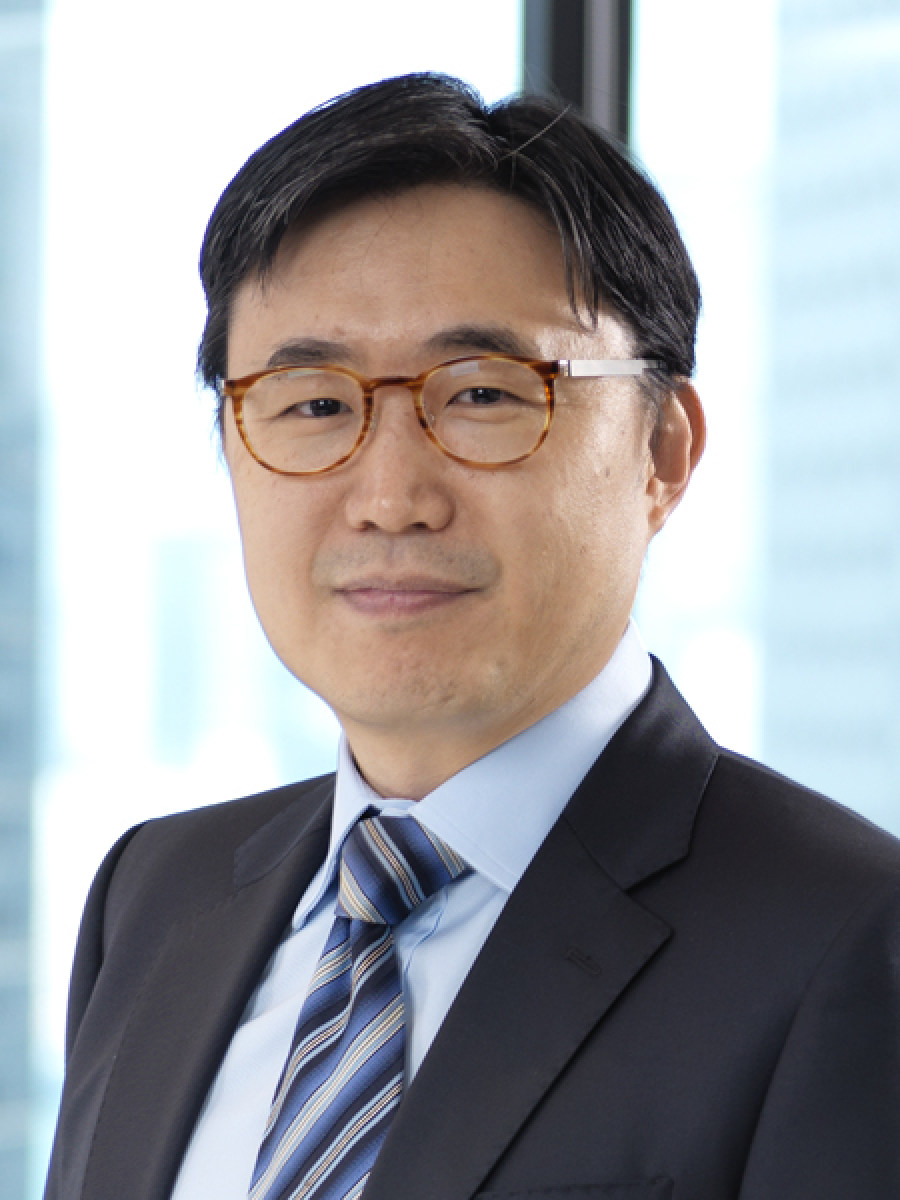
Private credit market is a ‘big story’ in Asia though institutional investors have become selective, say industry experts
- The number of private debt funds in the Asia-Pacific region grew by 22 per cent to 94 at the end of 2023 compared with a year before
- ‘We are just scratching the surface of the opportunity’ in Asia’s private credit market, says Soo Cheon Lee, co-founder of Hong Kong-based SC Lowy
Hong Kong-based credit investment firm SC Lowy is raising a private debt fund with a target size of up to US$800 million, nearly eight times larger than its first one.
“Asia is really at a turning point in the private credit opportunity,” said Soo Cheon Lee, co-founder and global portfolio manager of SC Lowy, which manages about US$1.4 billion in assets. “We are just scratching the surface of that opportunity.”
Private credit took off in the US after the 2008 global financial crisis. American banks shrank their balance sheets, and regulators introduced stringent capital rules, which created a lending vacuum that nonbank players could fill.

“Unlike the US private credit market, I don’t see Asian banks retrenching to 30 per cent of the lending market and never returning,” said Lee. The Deutsche Bank veteran said he expects the traditional lenders to try to return and that the market will “normalise over the next three to five years”.
As Asian economies outpace those in other parts of the world, liquidity from all players will be needed to sustain GDP growth, he said.
“We will continue to see a big story about private credit in Asia,” Lee added.
However, the Asian market may start to encounter pressure as a crowd of funds is launched and big-ticket investors become more selective, according to industry experts.
“The private credit market has expanded rapidly in Asia in recent years with more players entering the market and more capital invested in private credit funds,” said Paul Sephton, a Hong Kong managing partner at law firm Harneys.
“This has arguably led to an excess of liquidity that outstrips borrower demand, especially in a sluggish economic environment that stifles business confidence to take on debt to expand in certain sectors.”
The number of private debt funds in the Asia-Pacific region grew by 22 per cent to 94 at the end of last year compared with a year before, according to Preqin. Meanwhile, only 29 funds were closed.
Institutional investors such as sovereign wealth funds, pension funds, and insurers are becoming picky about private credit, even as most of the ones in Asia are investing in this asset class for the first time.
“Institutional investors’ interests in private credit have been slowing due to competition and popularity,” said Barry Chung, head of private asset specialist sales for Asia ex-Japan at fund manager Fidelity International.
He said private credit could be less of a priority in investors’ alternative asset portfolios, especially in Asia, where allocations to assets such as private equity, infrastructure, and real estate are already lower than in the US.
“[Asian investors] have generally allocated more into private equity than private credit due to the breadth and depth of the market,” Chung said. “For example, Taiwanese and Hong Kong insurers generally allocate 5 per cent or 10 per cent to alternatives, and their first choice is still likely to be private equity.”
Tracy Lau, a managing director at investment giant Carlyle, said institutional investors have become more selective because the competition among fund managers has intensified in the last decade.
“With intense competition, we’ll probably get a ‘no’ rather than a ‘yes’,” she said during a panel discussion at the Endowus Investment Summit in Hong Kong last month.
SC Lowy raised US$105 million under its first private credit strategy in 2019. Later, in 2022, it raised US$350 million along with a US$100 million co-investment for the private credit business, which mainly focused on Asia-Pacific.
The firm opened an office in Abu Dhabi last year and is tapping Middle Eastern investors for fundraising and investment.

